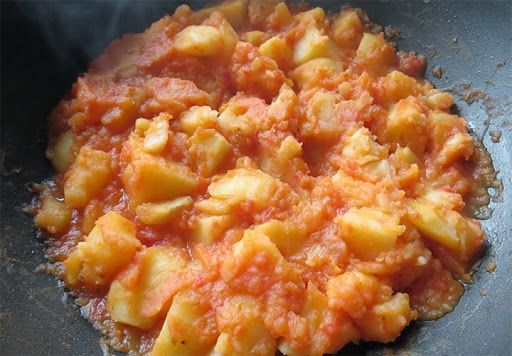
26-10-2020 di redazione
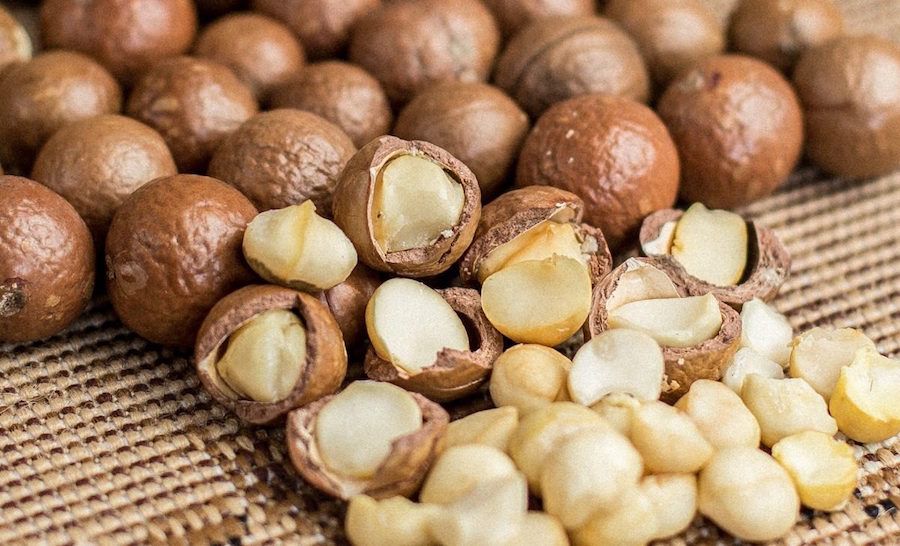
The macadamia of Kenya is increasingly coveted and in addition to having many uses, it is becoming a business for those who grow its plant in the Rift Valley.
In the shops you can find nuts simply roasted and salted, caramelized with honey or for the most gluttonous covered with chocolate, a real delicacy.
The macadamia nut, the oily seed of the macadamia plant of the same name originating in Australia, was essential in the diet of the Aborigines as long ago as 500 years ago.
It was not until the middle of the 19th century that European colonisers discovered its goodness and excellent properties on the human organism by studying the plant and its fruits.
It was called "macadamia" in honour of the Scottish-Australian chemist and politician John Macadam, who analysed the plant together with his botanist friend Ferdinand Von Mueller, then director of the Royal Botanical Gardens in Melbourne.
Its cultivation, which then reached the Hawaii Islands, some South American states and finally Africa (Malawi, South Africa and Kenya) is now exploited commercially mainly for the extraction of precious nuts but also for the extraction of oil, a process practiced both in the food and cosmetic industries.
In Kenya macadamia trees were introduced for the first time after the Second World War by two brothers, Bob and Peter Harries, who started the first nurseries on their Thika farm.
In fact, the plant grows well in soil conditions similar to those of coffee and tea and in latitudes where it does not suffer too much from low temperatures.
In 1974 the Kenyan government founded the Kenya Macadamia Nut Company to promote the cultivation of macadamia and today Kenya is the third largest producer in the world after South Africa and Australia and the second largest exporter in the world. Japan and the United States are the major export destinations.
Edible macadamia nuts come from two different species, Macadamia integrifolia, and Macadamia tetraphylla, other species produce toxic fruit. They are highly appreciated for their delicate flavour and excellent properties on the human organism: it should be remembered that they are toxic for dogs and cats.
They contain a great wealth in nutritional terms and are valuable for their antioxidant effects. The monounsaturated fatty acids they contain are beneficial for the glycaemia values present in the blood. They have a lubricating effect on arteries and veins and promote the health of blood walls. Moreover, thanks to the presence of vegetable fibres able to regulate the functions of the intestine, they are an excellent aid against constipation.
Like all dried fruit, they have a rather high caloric intake ( 747 per 100g ) and can be recommended as energising for sportsmen and women to have an immediate availability of energy after physical activity. As already mentioned, walnuts are particularly rich in oily substances. Thus, through a pressing process, we obtain an oil particularly rich in monounsaturated fatty acids with an excellent yield that is used worldwide as a basic cosmetic oil, due to its resistance to oxidation, especially in the preparation of dermatological creams (it is an excellent emollient). Consumed raw, due to the high presence of palmitoleic acid, Macadamia oil is, on the other hand, less suitable than traditional olive oil but still very pleasant to dress exotic salads with original fragrances.
CURIOSITY
di redazione
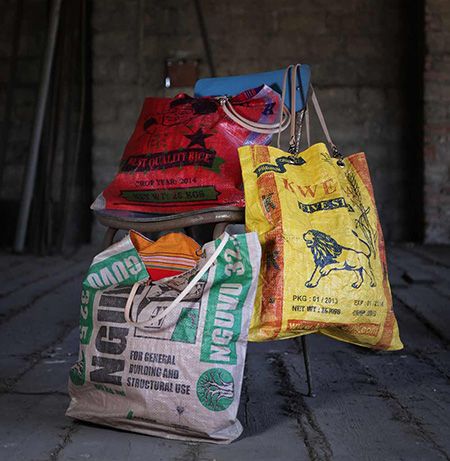
Virgola is one of the most well-known and important Italian brands in the hairdressing arena and its historical founder and owner Rinaldo Rampon is a love of Kenya.
For years he has watched Watamu and his beaches, but not only.
RECIPES
di redazione

The Swahili cuisine of Kenya, as we know, is a mixture of the cultures and people who have landed on the coast, and the products of the territory they have learned to use. The example is offered by the use...
RECIPES
di redazione
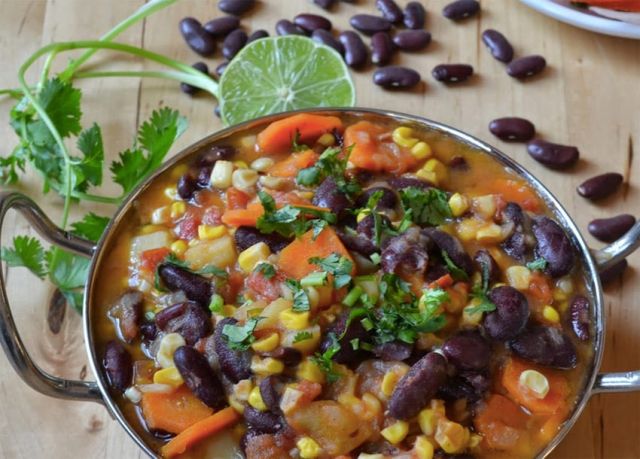
Githeri (or Mutheri) is a typical dish based on legumes, cereals and beans, typical of the Kikuyu tradition, but also of the Embu and Meru tribes.
The recipe is now popular throughout the central region of Kenya and has its...
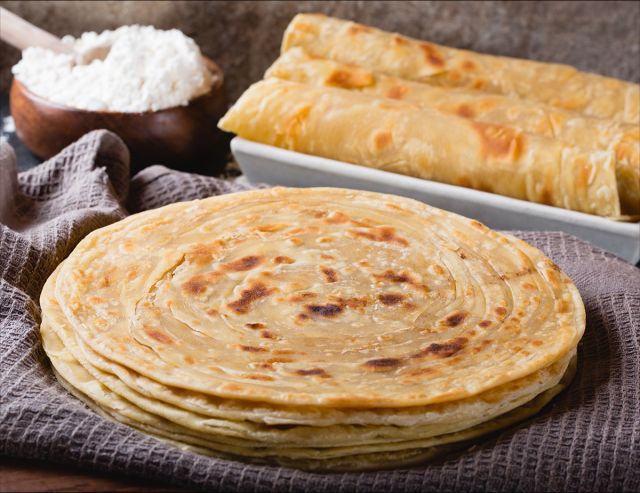
Chapati is a traditional bread brought to Kenya from the Indian tradition, but then evolved throughout the country and today baked in the streets, in poor places as well as in high level establishments as an accompaniment for dishes.
Its...
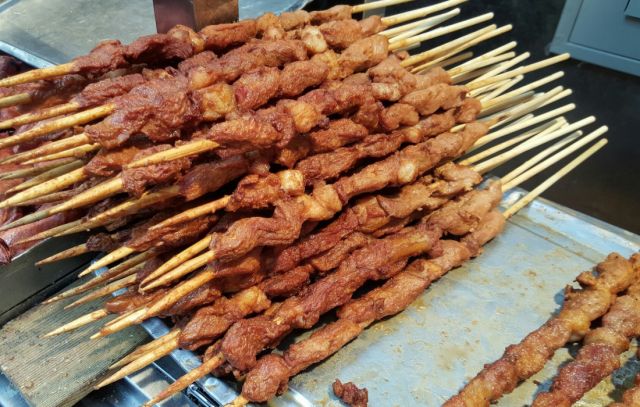
The mshakiki are meat skewers, similar in presentation to the traditional roasts of central Italy.
They can be beef, chicken or kid and ideal, before preparation, is the maturation of the meat in the fridge and marinating with oil, salt,...
RECIPES
di redazione
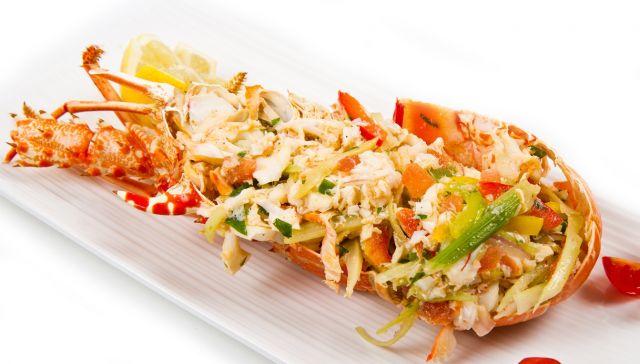
On the African shores of the Indian Ocean, combining fish with fruit is not a gamble, but a pleasant contrast.
On the other hand, if the fish fauna goes so well with lemon, why not also dare with passion fruit,...

The coconut is the fruit of the coconut palm, scientific name Cocos nucifera, a plant belonging to the Arecaceae family and native to Indonesia, but thanks to the ability of coconuts to float on seawater and maintain the ability to...
RECIPES
di redazione
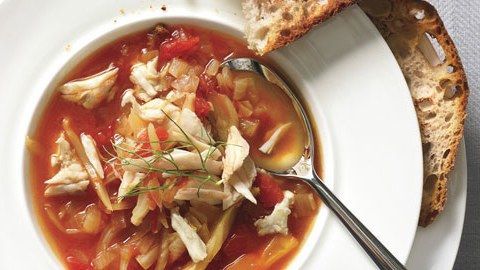
Crab soup with ginger is a traditional dish of the Lamu archipelago.
The local people, especially on the island of Pate, usually eat this dish with coconut rice or chapati.
Here is the original recipe reworked by watamukenya.net
RECIPES
di redazione
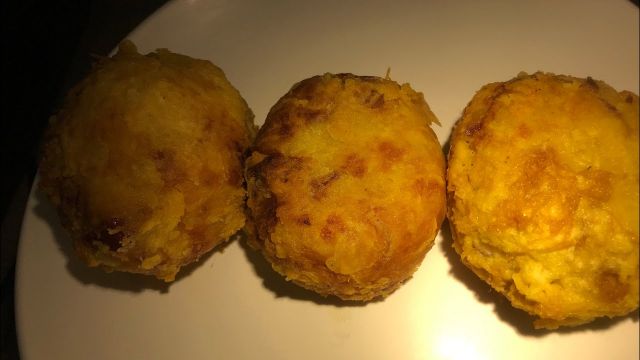
Cutlets, snacks similar to our potato croquettes, are very popular on the Kenyan coast to be eaten on the street or in the many local restaurants.
Usually they are filled with meat, but we offer a tuna version, easy and...
RECIPES
di redazione
